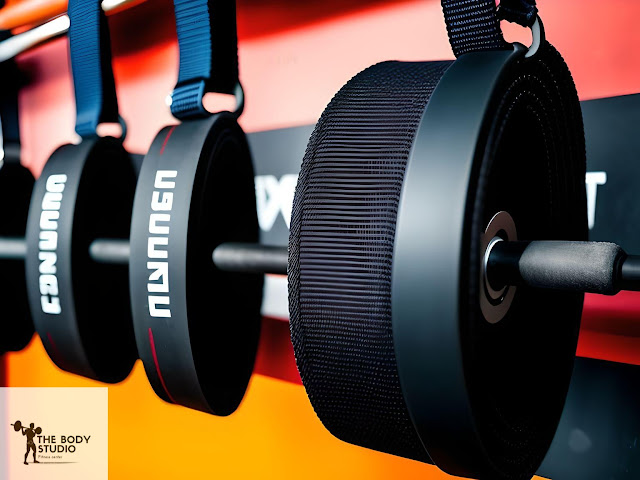Weightlifting Belts - A Comprehensive Guide
Table of Contents
- Introduction
- Benefits of Weightlifting Belts
- Types of Weightlifting Belts
- Choosing the Right Weightlifting Belt
- Conclusion
- Frequently Asked Questions
 |
| Weightlifting - Belts |
Introduction
In the world of weightlifting, an essential accessory that many athletes use is a weightlifting belt.
This article aims to provide a comprehensive guide to weightlifting belts, including their benefits, different types available, and how to choose the right one for your needs.
Benefits of Weightlifting Belts
Weightlifting belts offer numerous advantages to weightlifters.
Some of the key benefits include:
- Improved core stability
- Increase in intra-abdominal pressure
- Reduced risk of lower back injuries
- Enhanced performance and lifting technique
Types of Weightlifting Belts
Weightlifting belts come in different materials and designs.
The most common types include:
- Nylon belts
- Leather belts
- Velcro belts
- Tapered belts
Choosing the Right Weightlifting Belt
When selecting a weightlifting belt, there are several factors to consider, such as:
- Material and durability
- Belt width and thickness
- Buckle type
- Fit and adjustability
Conclusion
Weightlifting belts can be a valuable tool for weightlifters of all levels.
By providing core stability and reducing the risk of injuries, they can greatly enhance your lifting performance.
Choose the right belt that suits your needs, and enjoy the benefits it brings to your training.
Frequently Asked Questions
1. Can weightlifting belts prevent all types of injuries?
2. Are weightlifting belts only for heavyweights?
Remember, weightlifting belts are not a magic solution, and proper technique and form should always be a priority.
Use the belt as a training aid and combine it with proper strength and conditioning.
